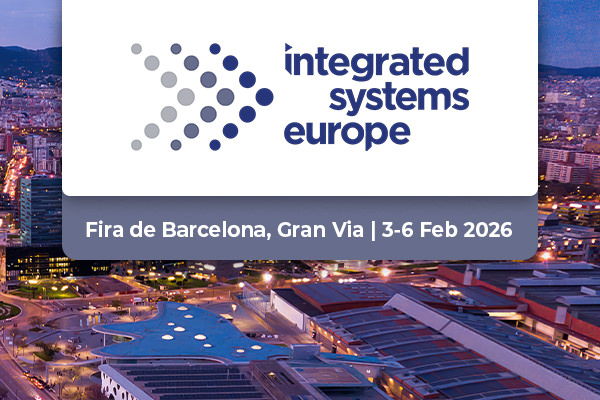
Outpatient video consultations:
A new approach to appointments
Outpatient video consultations: A new approach to appointments
May 27th, 2020
Last week, Dan Worman, Executive Director at Cinos looked at the current pressures facing outpatient services across the NHS. This week he discusses why this style of appointment is of particular benefit to Multi-Disciplinary Teams (MDT’s).
For outpatients, an appointment is often their main opportunity to ask questions and learn about the options available for managing their condition. Shifting towards video consultations removes the general inconvenience, cost, travel and waiting times associated with face-to-face appointments – especially at a time when our contact with others is limited. If implemented effectively there is also the potential to reap efficiency benefits, reallocate scarce resources and generate a positive impact for the environment. All whilst improving patient satisfaction by transforming their experience with outpatient services.
Sharing expertise through MDT’s
Aside from consultant-to-patient communication, video conferencing also enables hospitals to efficiently coordinate health and care services for individuals with complex needs. Known as Multidisciplinary teams (MDT’s) they see specialist clinicians from across primary and secondary care come together, use their expertise to consult on treatment plans and gain an overview of complex patients. For neurological conditions, like patients suffering from a stroke, the MDT might be made up of a consultant, GP with a special interest, a specialist nurse and health professionals relevant to specific conditions.
With patient needs at the forefront, MDTs sometimes require specialists from up and down the country to come together and collaborate in one room. Reliable video conferencing solutions are a central part of an effective MDT setting. It’s important that the in-room video conferencing solution enables users to remotely join the meeting, from any device.
Healthcare Communications
Facilitating inter-person and inter-organisation collaboration is crucial for modern day Trusts and hospitals. Not only does video conferencing technology allow for learning and expertise to be shared but it also presents the opportunity to coordinate care pathways and treatment plans, making sure they are integrated and aligned across the MDT.
By ensuring that audio and video conferences are simple to host and join, MDT clinics have the ability to enable greater communication, understanding and integration between primary, community and secondary care services. With the right investment and specialist video conferencing technologies in place, MDTs can help to improve the quality of referrals and guarantee patients have access to the right clinician first time. Ultimately, this goes some way to helping primary care professionals manage patients in the community. Leading to reduced referrals to secondary care providers and a reduction in waiting times for outpatient services and appointments.
With clinical staff and patients sharing similar frustrations with outpatient care, video conferencing technology is well placed to provide patients with engaging experiences. Whilst also helping clinicians access the information they need, at the time they need it, so they can make informed decisions and continue to provide quality care for long term conditions.
Related Links |
|---|
Related Links |
|---|




